"Angara" finally flew

The project, which was developed for 20 years, our space unfinished, finally reached the test launches. Much time passed, the rocket from the “Zenith” with “ears” turned into a whole family from a light A-1.2, medium A-3, heavy A-5 and possible A-7. The prototype of the first stage flew three times as the first stage of the South Korean KSLV-1. And today, July 9, 2014, the first launch of the light A-1.2 PP (the first launch) took place.
A little bit about the design and concept
The Angara launch vehicle is a modular family of rockets. The use of a different number of universal acceleration modules (URM) and a universal launch for all modifications of the rocket should increase convenience and reliability, as well as reduce the cost of launching a kilogram into orbit. Light "Angara-1.2" is intended to replace the conversion of light rockets "Rokot", "Strela". In this case, one URM-1 is used at the first stage and one URM-2 at the second stage. The average "Angara A-3" consists of three blocks URM-1, which form the first and second stages, as well as URM-2 as 3 stages with the possibility of installing an additional booster unit. Angara A-3 can put 15 tons into low orbit and is comparable to Zenit. Heavy "Angara A-5" uses five URM-1 in the first and second stages, can bring 25.8 tons into low orbit and should replace "Proton".

Big job
We must not forget how much work was done before the rocket flew. Be sure to check in and see the full gallery of photos from various test papers. Here I will briefly quote a photo story:
2008
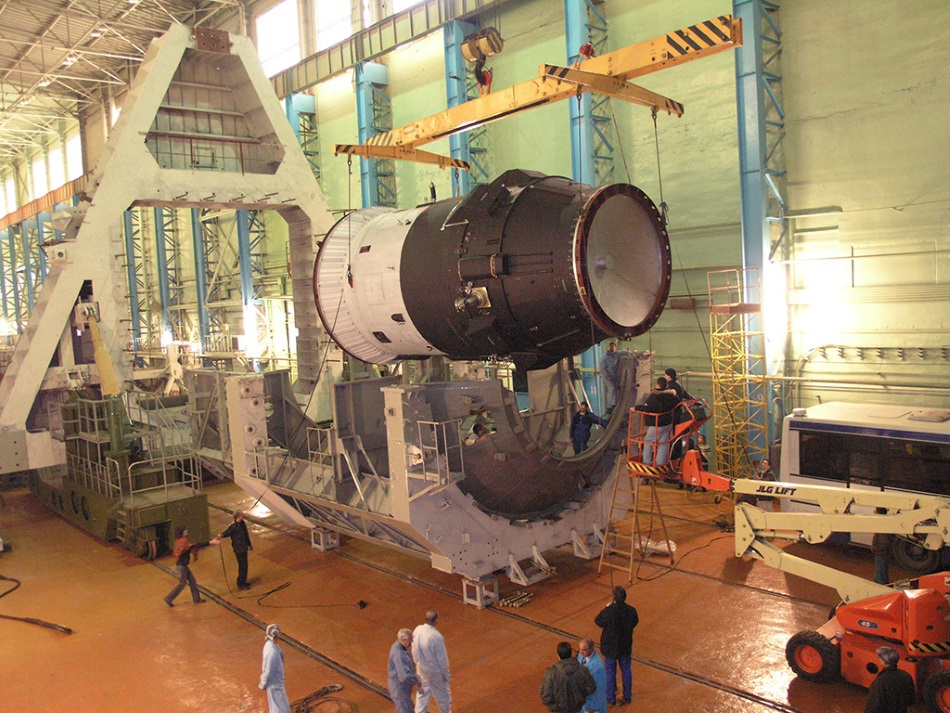
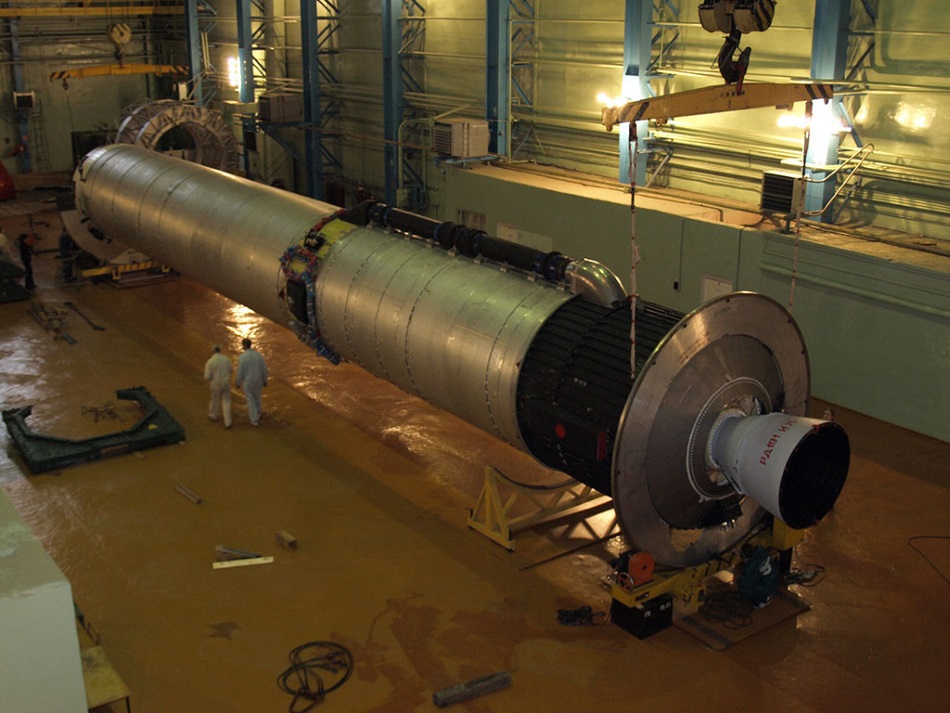
2009

2010
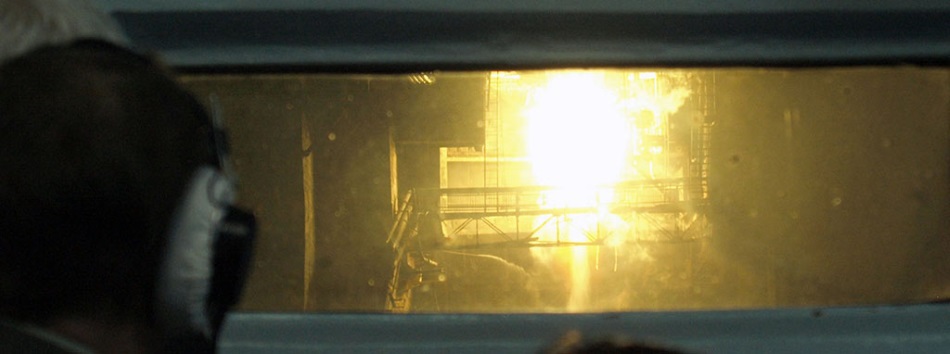
2012
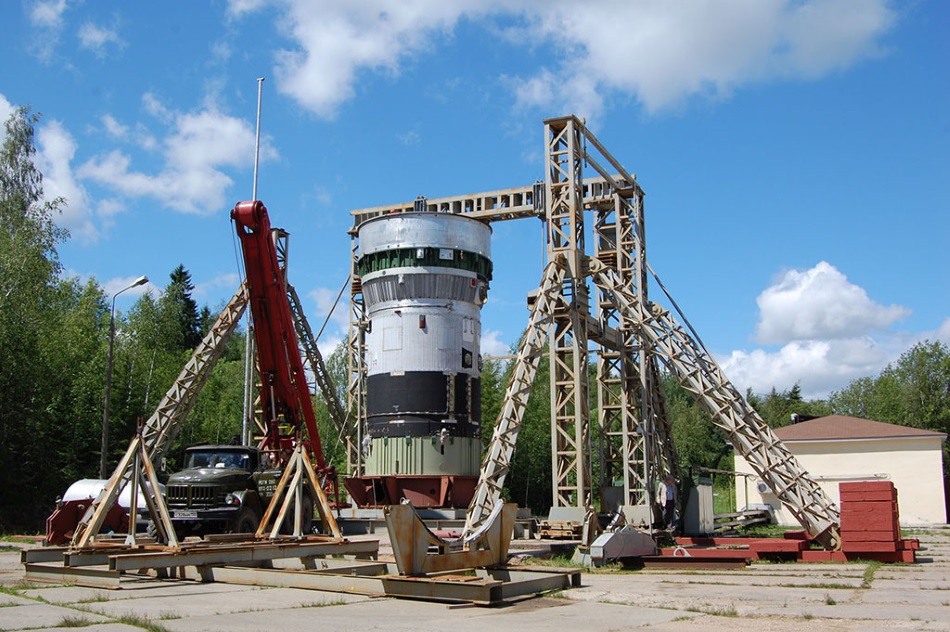
Flight plan
According to the plan of the first test launch, the rocket must make a suborbital flight and deliver a payload dimensional and weight model to Kamchatka.
')
First try
The first launch attempt took place on June 27, but about a minute before the launch (different numbers were called), the pre-launch countdown was stopped due to the activation of the automatic rocket condition monitoring system - the oxidizer main drainage valve did not close:
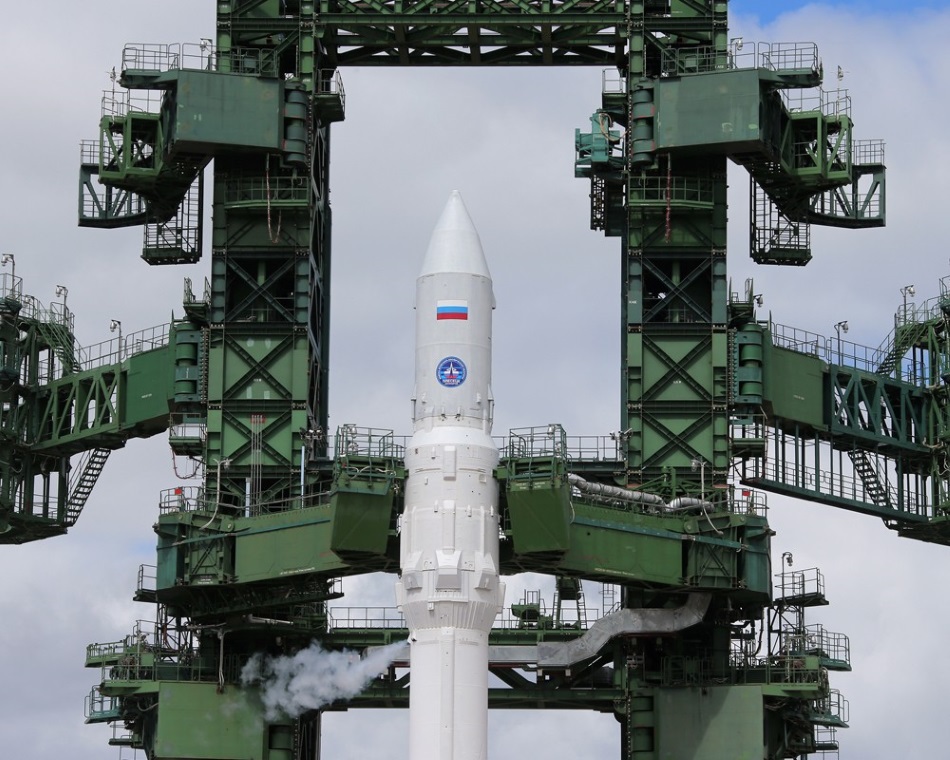
The photo does not indicate the exact time, but apparently the fault looked exactly like this - liquid oxygen continued to bleed.
The rocket was removed from the start, taken to the MIC, the faulty valve was fixed (lucky it wasn’t necessary to change it completely, otherwise the rocket would have to be transported back to the plant, and this is a delay of a month). On July 8, the rocket was again taken to the launch and the launch was set for July 9.
Second try
The second attempt took place today, July 9, in an atmosphere of increased secrecy. The rocket launched at 16:00 Moscow time, this has just been announced. The end of the flight is approximately 16:21. We are waiting for photos and videos.
UPD : On the "Astronautics News" there is information about the successful "hit" in Kamchatka. Hooray!
UPD : There are videos:
UPD : And here the photo appeared - Denis Efremov and the Ministry of Defense:
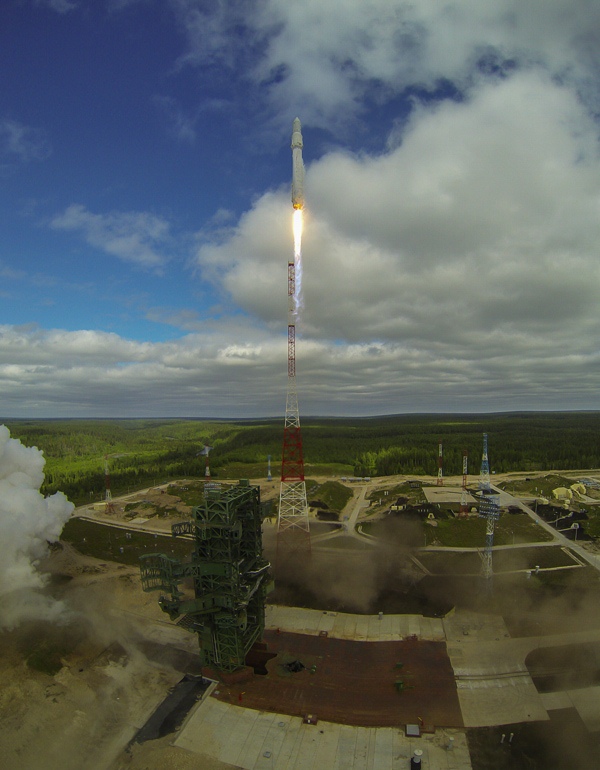
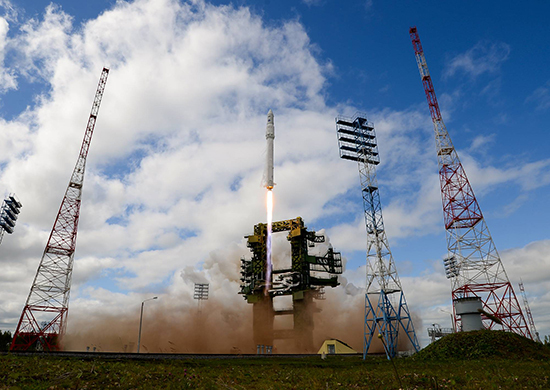
UPD : There are many more photos from http://netwind.livejournal.com/59680.html .
Source: https://habr.com/ru/post/227873/
All Articles